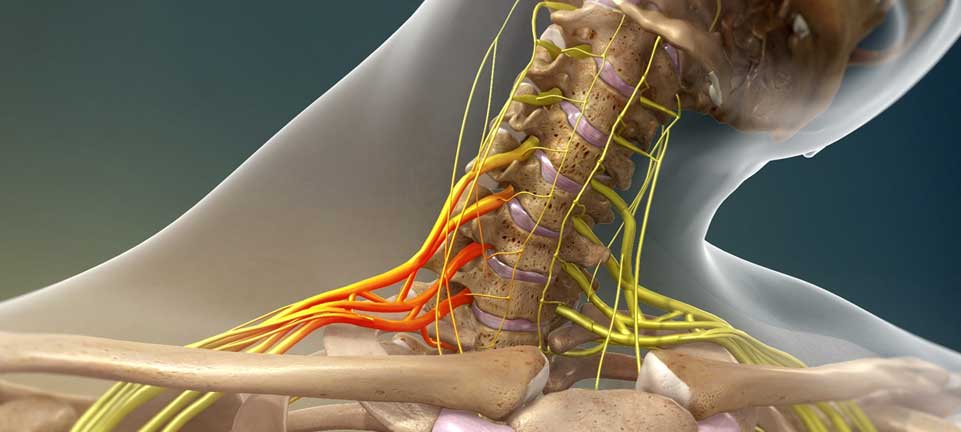




The brachial plexus is a bundle of connected nerves in the neck region of your spinal cord. It branches down into your chest, shoulders, arms, and hands. This group of nerves controls the motions of your wrists, hands, and arms. These nerves let you raise your arm, type on your keyboard, or throw a baseball.
The brachial plexus nerves are sensory, too. For example, they let you know that a pan you grab with your hand is too hot to hold.
The brachial plexus can be injured in many different ways—from pressure, stress, or being stretched too far. The nerves may also be damaged by cancer or radiation treatment. Brachial plexus injuries can happen to babies during childbirth. In some cases, an overactive immune system can damage the plexus.
Brachial plexus injuries cut off all or part of the communication between the spinal cord and the arm, wrist, and hand. This may mean that you can't move or feel parts of your arm or hand. Often, brachial plexus injuries cause pain or a total loss of feeling in the area.
The severity of a brachial plexus injury varies. In some people, function and feeling returns to normal. Others may have lifelong disability because they can't use or feel a part of the arm.